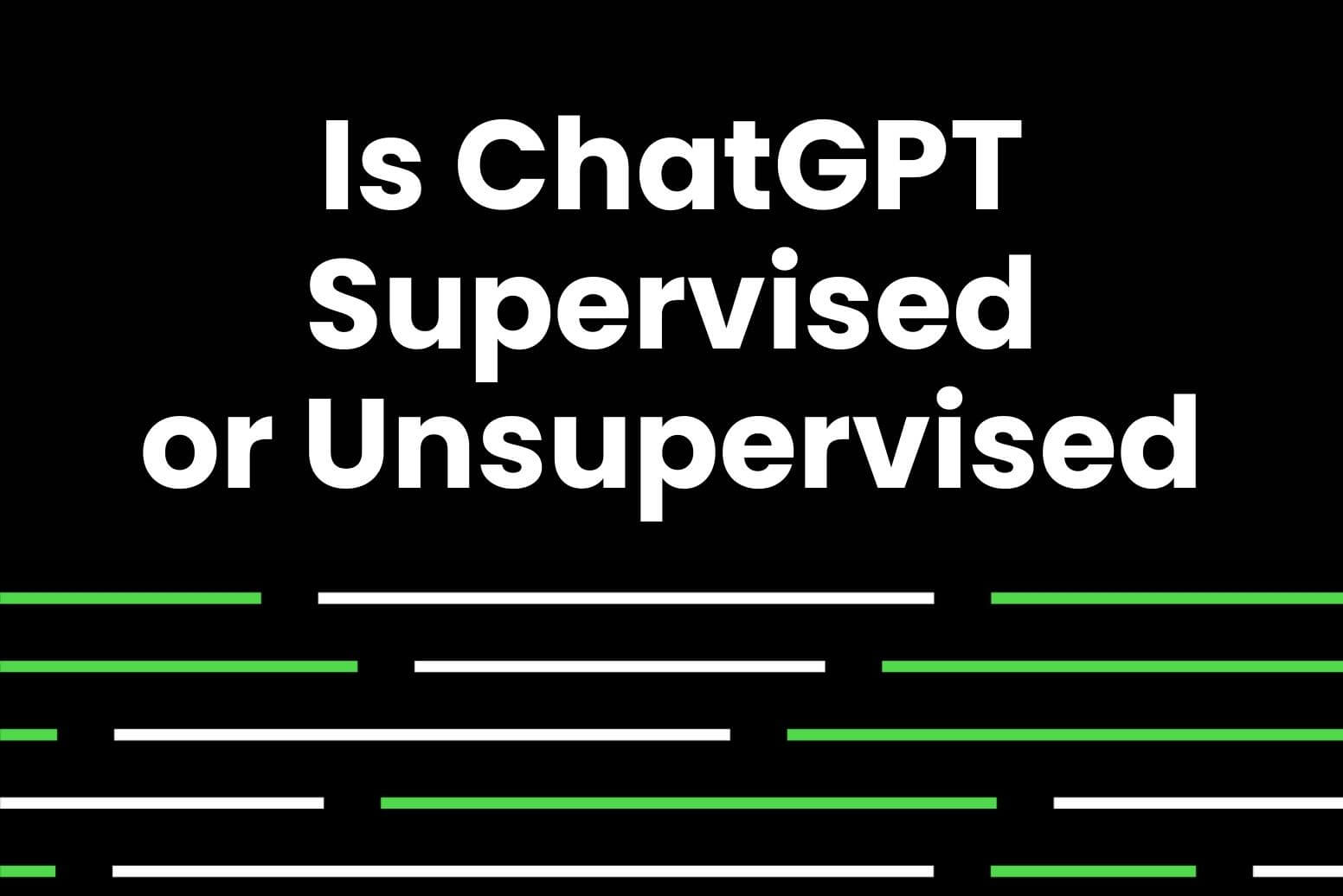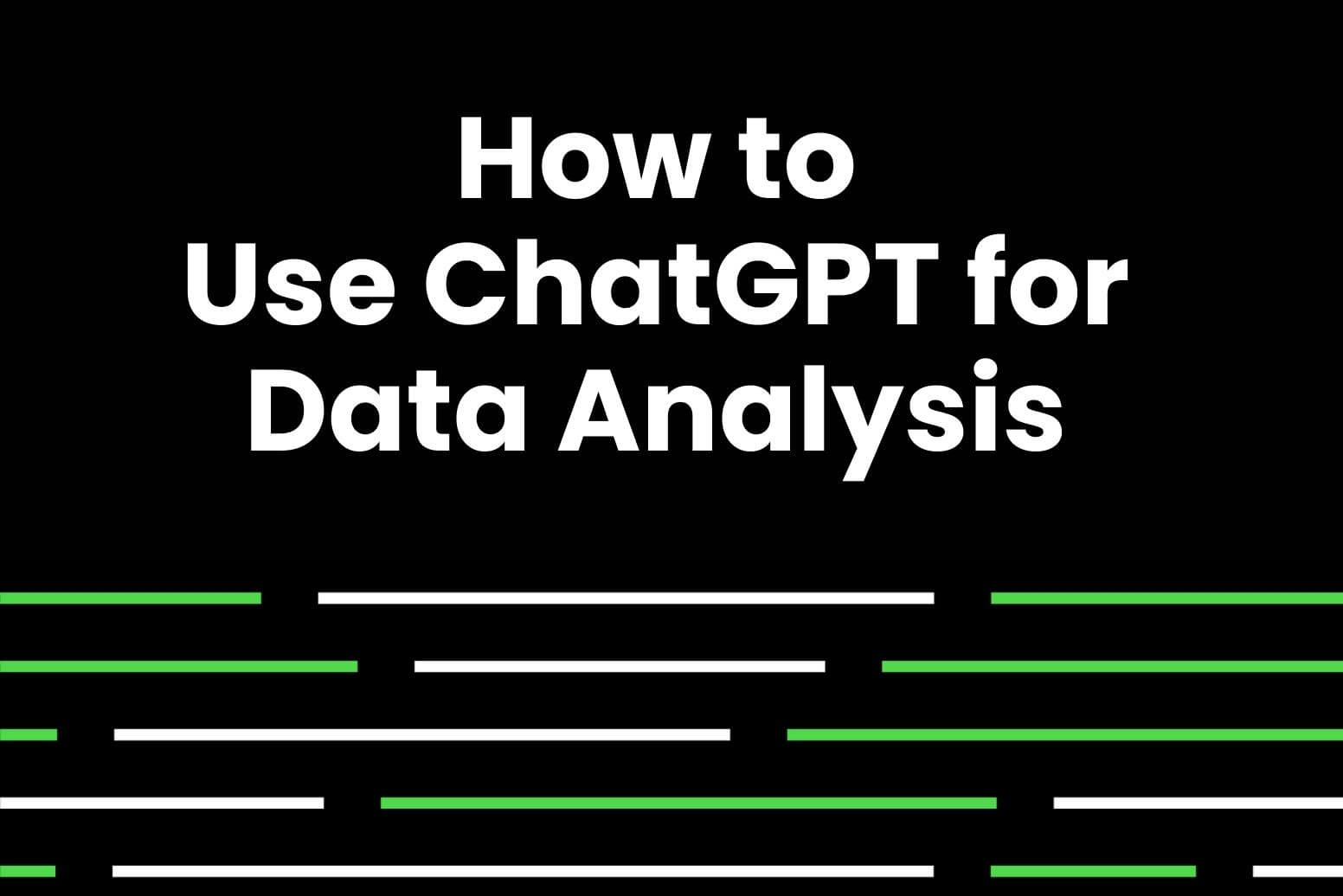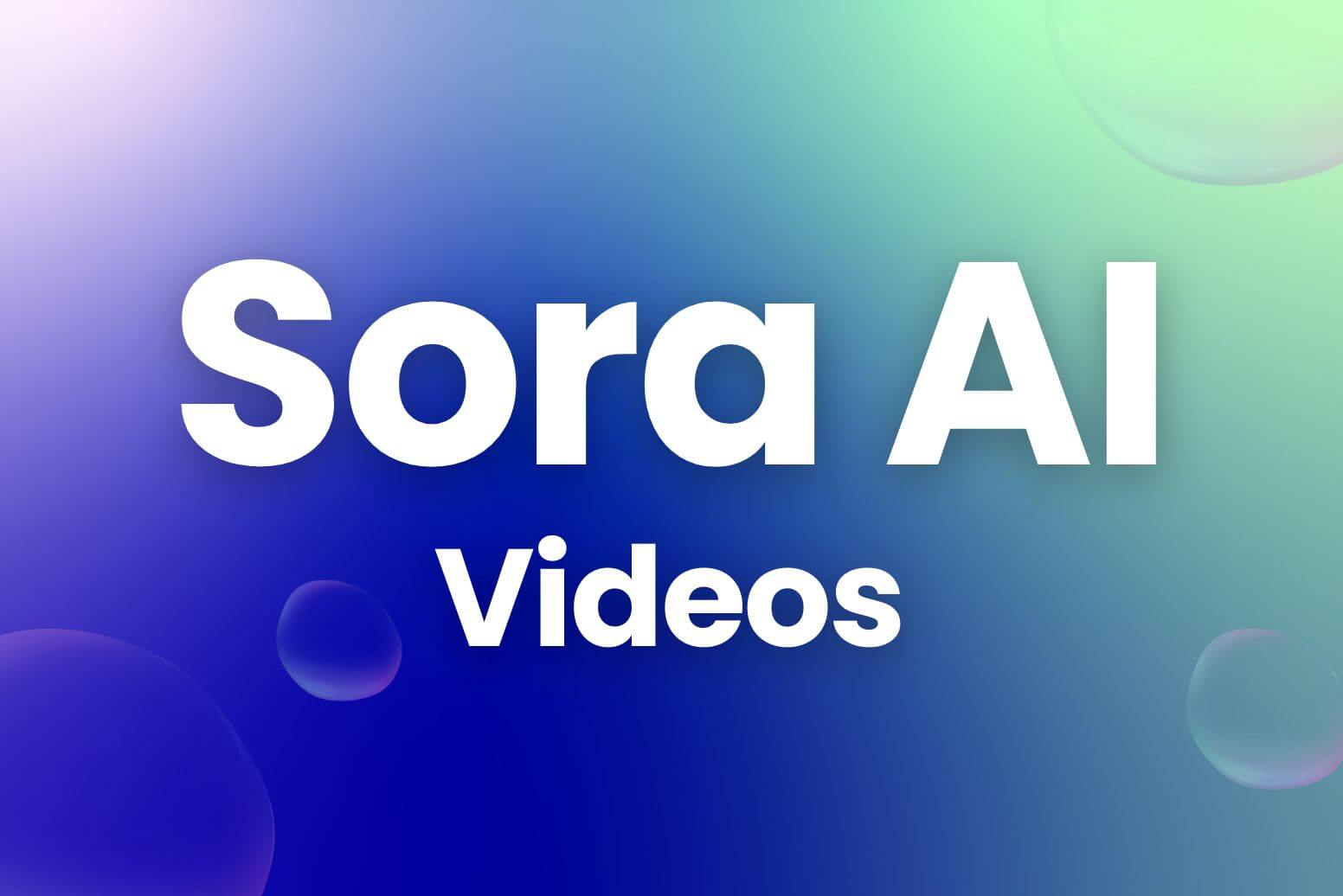If you’re interested in artificial intelligence (AI) and natural language processing (NLP), then you’ve probably heard of ChatGPT. This AI language model was developed by OpenAI and is capable of generating human-like responses to text-based prompts. But is ChatGPT supervised or unsupervised? In this article, we’ll explore the differences between these two types of AI models and explain which category ChatGPT falls into.

What is Supervised Learning?
Supervised learning is a type of machine learning where the model is trained on a labeled dataset. This means that the input data has been labeled with the correct output, and the model is trained to predict the correct output for new, unseen data. For example, in an image classification task, the input images would be labeled with their corresponding class (e.g., cat, dog, bird), and the model would be trained to predict the correct class for new images.
What is Unsupervised Learning?
Unsupervised learning is a type of machine learning where the model is trained on an unlabeled dataset. This means that the input data has no corresponding output labels, and the model is trained to find patterns or structure in the data. For example, in a clustering task, the model would be trained to group similar data points together based on their features.
Is ChatGPT Supervised or Unsupervised?
Now that we’ve defined supervised and unsupervised learning, we can answer the question: is ChatGPT supervised or unsupervised? The answer is…unsupervised! ChatGPT was trained using a type of unsupervised learning called self-supervised learning.
Self-supervised learning is a relatively new technique that involves training a model to predict missing or masked parts of the input data. As to ChatGPT, the model was trained to predict the next word in a sentence based on the previous words. This type of training doesn’t require labeled data, but it still allows the model to learn the structure and patterns of language.
Why Use Unsupervised Learning for ChatGPT?
You might be wondering why OpenAI chose to use unsupervised learning for ChatGPT instead of supervised learning. One reason is that supervised learning requires a large amount of labeled data, which can be time-consuming and expensive. Unsupervised learning, on the other hand, only requires unlabeled data, which is much easier to obtain.
Another reason is that unsupervised learning allows the model to learn more about the structure and patterns of language. By predicting the next word in a sentence, ChatGPT can learn about the relationships between words and the context in which they are used. This makes the model more capable of generating human-like responses.
Conclusion
In conclusion, ChatGPT is an unsupervised AI language model that was trained using self-supervised learning. This type of training allowed the model to learn the structure and patterns of language without requiring labeled data. By using unsupervised learning, ChatGPT can generate human-like responses to text-based prompts, making it a valuable tool for natural language processing.
FAQs about ChatGPT’s Supervision
Some of the limitations of ChatGPT include its susceptibility to generating inaccurate, unclear or inappropriate responses at times. It also lacks commonsense reasoning capabilities and cannot truly think for itself.
While ChatGPT has impressed many with its intelligent responses, there are some safety and ethical concerns with AI chatbots like it. ChatGPT’s responses should not be taken at face value and should be verified before being used in serious contexts.
ChatGPT’s base model is a large language model pre-trained on enormous datasets using unsupervised learning techniques. It is then fine-tuned using some supervised learning to improve specific functions. When prompted, ChatGPT searches its models to generate a relevant, context-appropriate response






